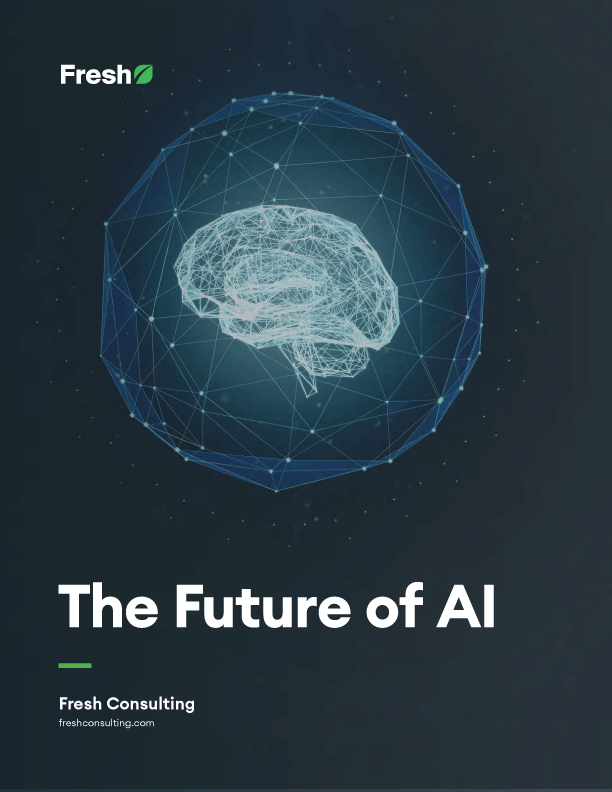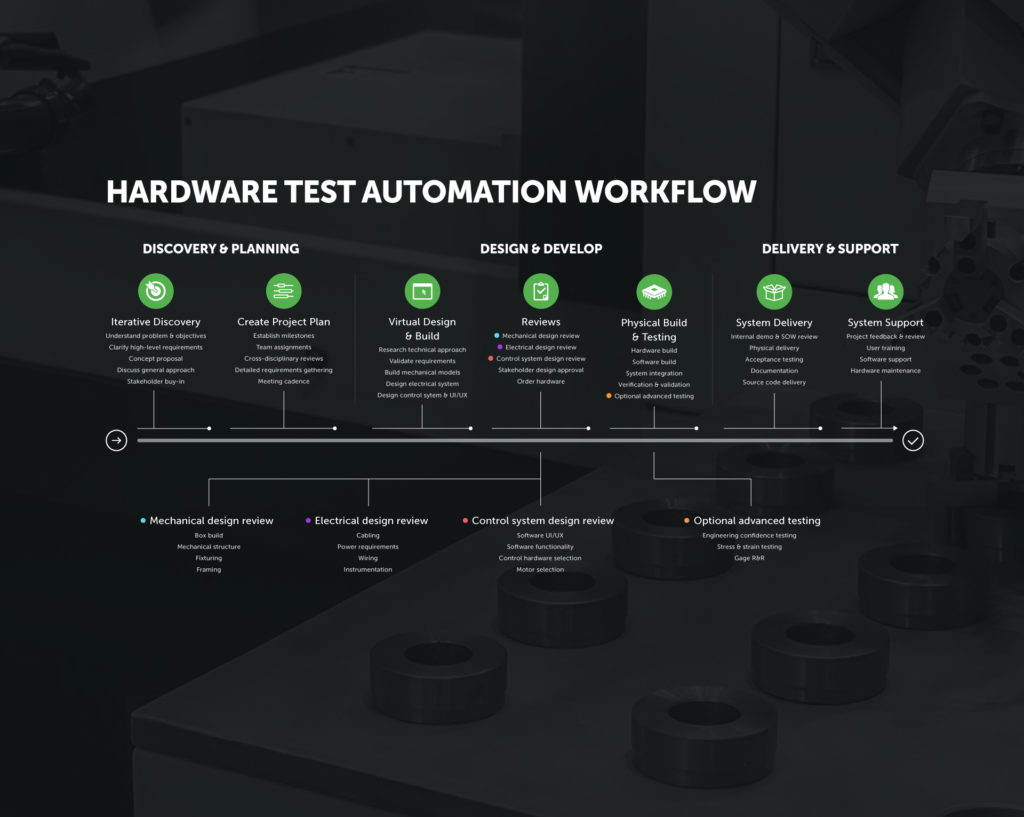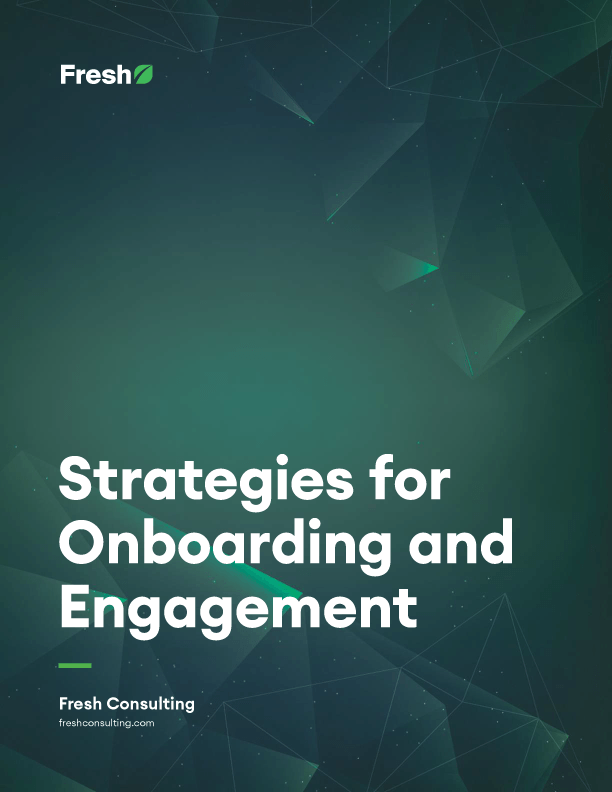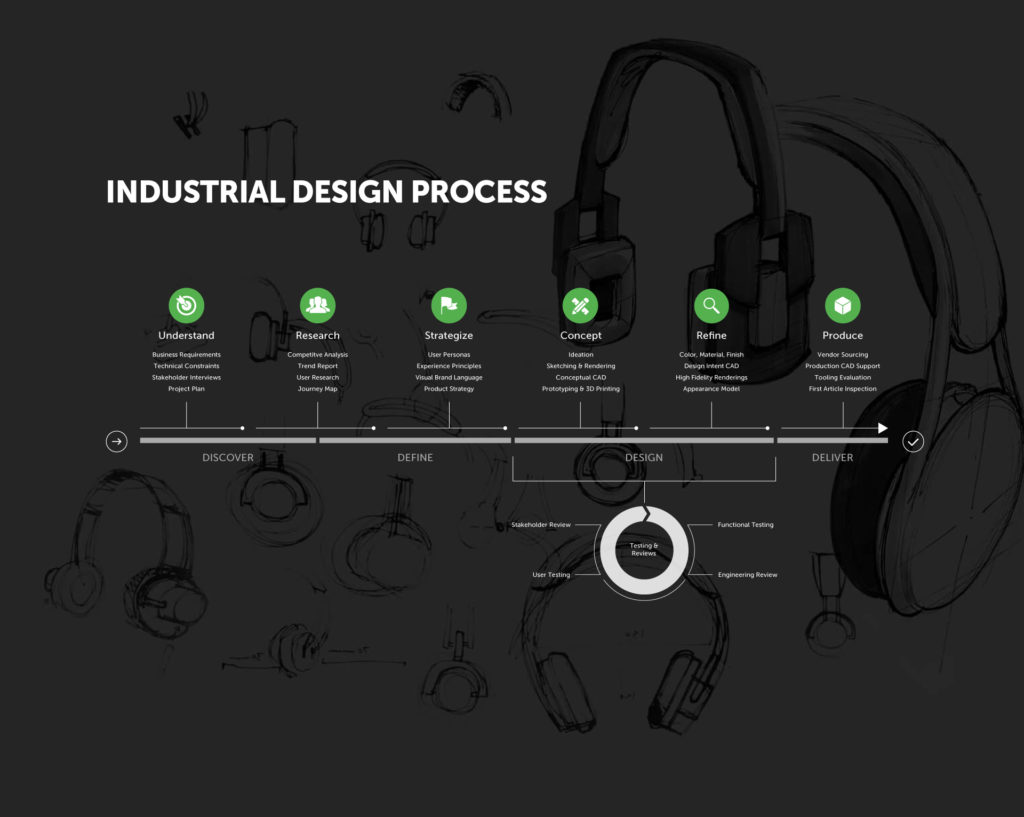Article
Fresh Consulting Acquires Portland-Based Product Design Agency Uncorked Studios
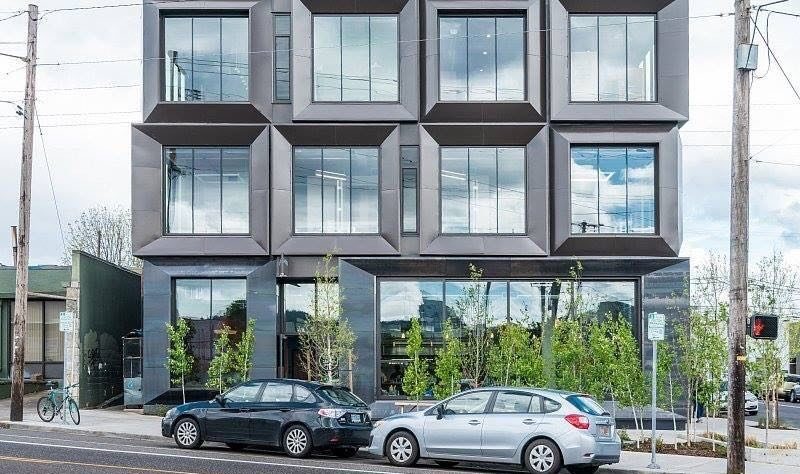
Fresh Consulting bolsters production and expands its base into Portland, Oregon through acquiring Uncorked Studios this month.
[Press Release] On November 5th, 2019, Fresh Consulting, a design-led software, hardware, and robotics innovation company, announced it has acquired Uncorked Studios, a boutique product design and strategy firm. The addition of Uncorked’s partner base and expertise helps award-winning Fresh Consulting grow its strategy, innovation, and product design offerings.
Uncorked is a nine-year-old strategic product design studio focused on building products and experiences using emerging technologies. It has worked with some of the world’s top brands, including Nike, Google, Facebook, and the New York Times.
“We’re excited about boosting our product and design strategy capabilities,” said Fresh founder and CEO Jeff Dance. “Fresh and Uncorked share a similar vision of embracing what’s next, and helping our clients and our team stay fresh. The union will mature our unique integrated position of bringing strategy, design, software, and hardware together to build meaningful innovation—as a service—for our clients.”
With the move, Fresh adds more world-class product strategy and innovation expertise, and Uncorked expands its software and hardware development capabilities.
“We’ve always believed in creating experiences that connect the physical and digital worlds,” said Uncorked co-founder and CEO Marcelino Alvarez. “Aligning with Fresh means we’ll be able to deliver on our vision of the strategic product design and development process across a broader range of environments, from VR to wearables to autonomous vehicles.”
Uncorked will become the Portland office of Fresh Consulting, and Alvarez will take on a Chief Product Officer role, developing innovation programs and processes for brands seeking to commercialize emerging technology. John Furukawa, Uncorked’s COO, will become Managing Director of Fresh Portland.
“Fresh has built a formidable team of brilliant minds that shares our worldview for creating innovative products to solve real-world problems,” Alvarez says. “We’ve worked with many of the same companies, and are looking forward to evolving our offering together.”
“At the heart of both firms, we’ve discovered that we both sincerely value the people—our talented employees and awesome clients—and we think that’s a recipe for future success together. We have a big vision, and we’re just getting started,” said Dance.
Recent innovative projects from Fresh Consulting and Uncorked Studios include a platform for industrial autonomous vehicles, an educational artificial intelligence product, a gen-Z co-creation incubator, an augmented reality retail experience, and a camera concept that bridges AI, privacy, and usability.



